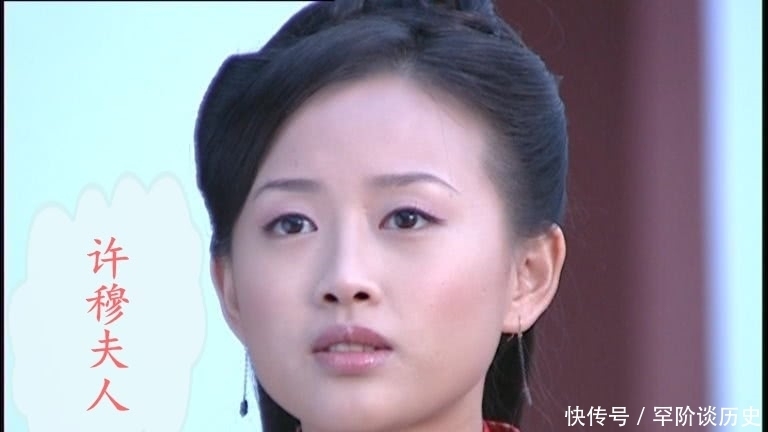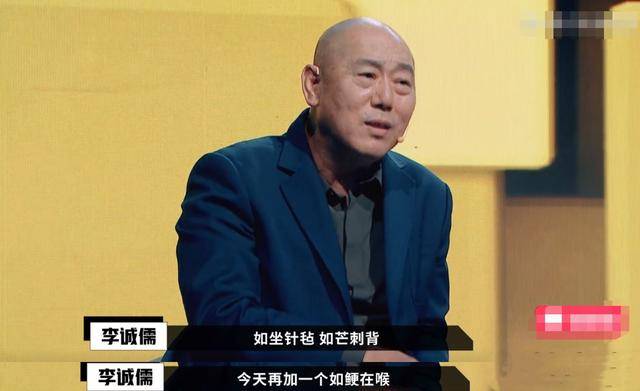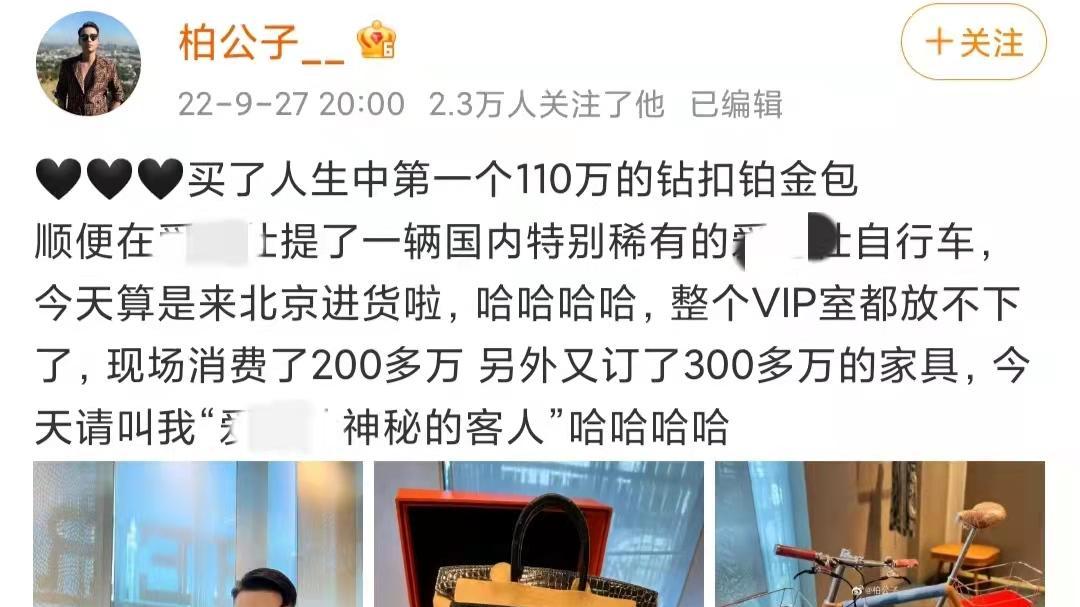еҚҡеЈ«|еҰӮдҪ•жүҚиғҪеҶҷеҮәдёҖзҜҮй«ҳиҙЁйҮҸLiterature Reviewпјҹ( дәҢ )
Reporting Verbs
е‘ҲзҺ°и§ӮзӮ№ж—¶ пјҢ дёҚеҗҢзҡ„иҜҚжҗӯй…ҚдҪ еҜ№и§ӮзӮ№зҡ„зңӢжі•

ж–Үз« еӣҫзүҮ
й«ҳйҳ¶жҖқз»ҙиғҪеҠӣ
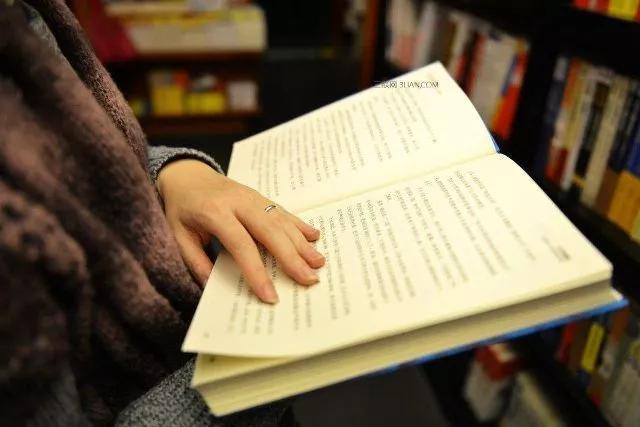
ж–Үз« еӣҫзүҮ
зӣёжҜ”иө·еҲҶжһҗе’Ңжү№еҲӨ пјҢ
жұҮжҖ»иҠұиҙ№зҡ„ж—¶й—ҙзӣёеҜ№иҰҒе°‘дёҖдәӣ гҖӮ
д»»дҪ•и§ӮзӮ№йғҪеә”иҜҘжңү пјҢ
з»ҶиҠӮгҖҒдҫӢеӯҗгҖҒдәӢе®һе’ҢиҜҒжҚ®ж”ҜжҢҒ
Analyzing: Synthesizing Across Readings, Comparing & Contrasting
еҲҶжһҗпјҡз»јеҗҲйҳ…иҜ» пјҢ жҜ”иҫғе’ҢеҜ№жҜ”
Synthesizing across readings shows your ability to make connections and distinguish between different ideas and interpretations. You can do this by making connections with other texts and comparing or contrasting key concepts or ideas.
Can you identify an issue, or question, or controversy to which all of the texts respond?
What do the texts share in common: terms, definitions, perspectives, values, and/or emphases?
How do the texts differ from one another?
Term swapping (X and Y use different terms to refer to the same thing)
Dueling definitions (X and Y use the same term but define it differently)
Contrasting assumptions (different assumptions guide X and YвҖҷs thinking)
Context (you can account for the differences in X and Y because they come from different places or cultures and/or operate in different historical eras etc.)
What difference do these differences make? For example, вҖңAlthough X and Y are similar in ______ and ________ respects, they differ in several important ways: ______, ________, and _______.вҖқ
What are the limitations of each text? In other words, what do the texts not include? What does one text emphasize that the other tends to de-emphasize? Does one text include a key element that the other text neglects?

ж–Үз« еӣҫзүҮ
Analyzing: Applying & Extending
еҲҶжһҗпјҡеә”з”ЁдёҺжӢ“еұ•
Applying or extending the main ideas of a text is a great way to reveal your interpretation of the reading and show your ability to critically engage with a text.
How are the main ideas of what you read relevant to current or historical events?
Are there popular misconceptions about this topic that this text could refute?
Are there potential policy implications? Does the text discuss a social problem that is in need of a solution? Even if you don't have a solution, are there policies that might be harmful or exacerbate the problem?
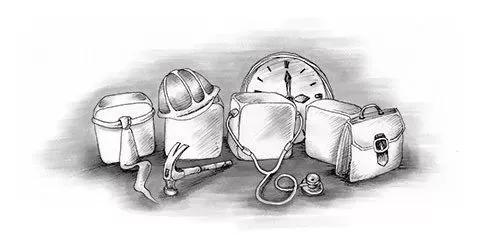
ж–Үз« еӣҫзүҮ
Critiquingжү№еҲӨ
A critique is a systematic and detailed evaluation of something. This should not be confused with criticism, which is disapproval based on perceived faults. To critique means to thoroughly assess, not to find something lacking.
You should be able to point out both strengths and weaknesses of the piece and consider how the work relates to a broader issue or context.
Treating writing as a civil conversation is especially important when you are critiquing. Daniel Dennett offers four suggestions on how to compose a successful critical commentary:
"You should attempt to re-express your targetвҖҷs position so clearly, vividly, and fairly that your target says, 'Thanks, I wish IвҖҷd thought of putting it that way.'
You should list any points of agreement (especially if they are not matters of general or widespread agreement).
гҖҗеҚҡеЈ«|еҰӮдҪ•жүҚиғҪеҶҷеҮәдёҖзҜҮй«ҳиҙЁйҮҸLiterature ReviewпјҹгҖ‘You should mention anything you have learned from your target.
Only then are you permitted to say so much as a word of rebuttal or criticism."
Here are some additional rules for critiquing kindly:
Your feedback should be directed at the writing, not the writer.
Frame weaknesses and problem areas in positive language. Avoid using strong negative language such as "This is weak," "The author clearly neglected to consider...", or "The author's claim is incorrect." You could instead say, "This argument would be more compelling ifвҖҰ" or "This claim is inconsistent with...".
жҺЁиҚҗйҳ…иҜ»
- 家еәӯж•ҷиӮІ|еӯ©еӯҗйқ’жҳҘжңҹвҖңжҳ“зҮғжҳ“зҲҶвҖқпјҢ家й•ҝеҰӮдҪ•йҖһејәдёҺзӨәејұпјҹ
- 第дёҖеҝғзҗҶ|еҢ—еӨ§еҘіеӯҰз”ҹжңҚиҚҜиҮӘжқҖпјҡPUA专家йғҪжҳҜеҰӮдҪ•ж“ҚжҺ§еҘіжҖ§жҖқжғізҡ„пјҹ
- з»ҸйӘҢж•ҷзЁӢ|жңүй’ұиҜҙиөўй”Җпјҡеҫ®дҝЎе°Ҹе•Ҷеә—жҳҜд»Җд№ҲпјҹеҠҹиғҪжңүе“ӘдәӣпјҹеҰӮдҪ•з”іиҜ·ејҖйҖҡпјҹ
- еұұзҒ«|зҫҺеӣҪеҠ е·һйҷ·е…ҘвҖңзҒҫйҡҫдёӯзҡ„зҒҫйҡҫвҖқ еҰӮдҪ•и§Јеӣ°жҲҗдёәж— и§Јйҡҫйўҳ
- еёӮеұһеҢ»йҷў|еҢ—дә¬еёӮеұһеҢ»йҷўвҖңеҚҒеӣӣдә”вҖқеҰӮдҪ•и§„еҲ’пјҹиҜ·жӮЁжҸҗж„Ҹи§Ғ
- жІ№зӮёйЈҹе“Ғ|жІ№зӮёйЈҹе“ҒпјҢжҖҺд№ҲеҗғжүҚиғҪеҝ«д№җдёҚзҪӘжҒ¶
- еә”йҮҮе„ҝ|йҷҲе°ҸжҳҘеё®еҰ»е„ҝеүҠж°ҙжһңпјҢJasperдёҫеҠЁиў«жӢҚдёӢпјҢж•ҷе…»еҰӮдҪ•еҫҲжҳҺжҳҫ
- еҢ—зҫҺи§ӮеҜҹдёЁзҫҺеӣҪеҠ е·һйҷ·е…ҘвҖңзҒҫйҡҫдёӯзҡ„зҒҫйҡҫвҖқ еҰӮдҪ•и§Јеӣ°жҲҗдёәж— и§Јйҡҫйўҳ
- еҢ—дә¬й«ҳж ЎйҷҶз»ӯејҖеӯҰ еӯҰз”ҹиҝ”ж ЎеҗҺж Ўеӣӯз”ҹжҙ»еҰӮдҪ•пјҹ
- иҝӣиЎҢ|еҢ—дә¬й«ҳж ЎйҷҶз»ӯејҖеӯҰ еӯҰз”ҹиҝ”ж ЎеҗҺж Ўеӣӯз”ҹжҙ»еҰӮдҪ•пјҹ









